The surge in human population in recent years is predicted to reach an unprecedented 9.1 billion people by 2050 – a 14% increase of our current population (McKee et al., 2004). This epidemic of population growth means we are faced with the daunting challenge of attaining sustainable increase in crop production to meet the increasing food demands.
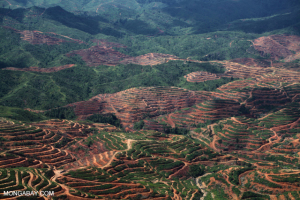
Global agricultural intensification has increased our food production to meet this demand through conversion of natural to simplified agricultural landscapes and escalating the application of agrochemicals such as pesticides and fertilisers (Matson et al., 1997). This simplification is a major cause of the accelerating loss of biodiversity, which affects ecological processes such as nutrient recycling, carbon storage and pollination (Flynn et al., 2009).
A biotic communities’ functional traits (i.e. characteristics) influences ecosystem functioning through mediating changes in biotic processes, such as predation and competition (Wood et al., 2015). For example, where there are collectively few traits in a community, circumstances of “niche overlap” are common, meaning ability to utilise a broad range of resources within a community decreases, whilst competition for a narrow selection resources increases (Flynn et al., 2009).
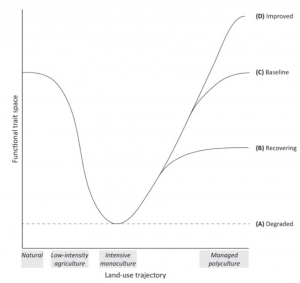
Intensive agriculture may degrade (A) the number of functional traits in a given area (functional trait space). However, theoretically implementing adequate management strategies promoting multi-species crops (polycultures) may aid limited recovery of total functional traits (B), recovery to the levels of natural counterparts (C), or even exceed this (D) by endorsing evolution of new species with novel traits (figure 1).
Biodiversity loss through agricultural intensification has been reported for birds, insects, plants and mammals, along with functional trait diversity (Flynn et al., 2009).
“Between 1970 and 1990, 86% of farmland bird species had reduced ranges and 83% had declined in abundance [in Europe]” (Benton et al., 2003)
The resulting loss of functional traits (including foraging strategies and diet) has significant implications for the removal of insects from farmland, whereby insect subtraction is reduced. The disruptive effects this has on pest communities increases the risk of outbreaks, which not only influences community structures, but hinders crop productivity (Wood et al., 2015).
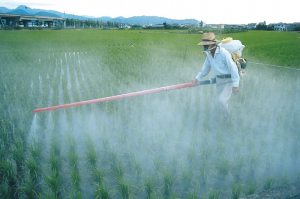
Shifts toward monoculture (single-species) crops, and reduced predation, facilitates the spread of pests, increasing the risk of epidemics. Pesticides are commonly used as a control measure, although are often toxic to many species. DDT, commonly used through the mid-20th century, accumulates in increasingly high concentrations up food chains between predators. This concentration may increase thousand-fold or more, of the content in the original source. This caused the endangerment of many predatory birds such as the peregrine falcon and kestrel through thinning their egg shells thus increasing infant mortality. Loss of top predators disrupts regulation of species populations further down the chain, unbalancing the community (Peakall, 1970).
Biodiversity loss is having severe adverse impacts on the health of our biotic communities, and therefore ecosystems. While agriculture cannot be halted all together, we could improve crop strength through diversity through implementing adequate management strategies to promote biodiversity, and use this to control pest outbreaks in an ecologically sensitive manner.
References
Benton, T. G., Vickery, J. A. and Wilson, J. D. (2003) ‘Farmland biodiversity: Is habitat heterogeneity the key?’, Trends in Ecology and Evolution, 18(4), pp. 182–188. doi: 10.1016/S0169-5347(03)00011-9.
Butler, R. A. (2012) Agriculture causes 80% of tropical deforestation, Mongabay. Available at: https://news.mongabay.com/2012/09/agriculture-causes-80-of-tropical-deforestation/ (Accessed: 21 March 2017).
Flynn, D. F. B., Gogol-Prokurat, M., Nogeire, T., Molinari, N., Richers, B. T., Lin, B. B., Simpson, N., Mayfield, M. M. and DeClerck, F. (2009) ‘Loss of functional diversity under land use intensification across multiple taxa’, Ecology Letters, 12(1), pp. 22–33. doi: 10.1111/j.1461-0248.2008.01255.x.
Hsaio, J. (2015) GMOs and Pesticides: Helpful or Harmful?, Harvard University: The Graduate School of Arts and Sciences. Available at: http://sitn.hms.harvard.edu/flash/2015/gmos-and-pesticides/ (Accessed: 20 March 2017).
Matson, P. A., Parton, W. J., Power, A. G. and Swift, M. J. (1997) ‘Agricultural Intensification and Ecosystem Properties.’, Science, 277(5325), pp. 504–509. doi: 10.1126/science.277.5325.504.
McKee, J. K., Sciulli, P. W., Fooce, C. D. and Waite, T. A. (2004) ‘Forecasting global biodiversity threats associated with human population growth’, Biological Conservation, 115(1), pp. 161–164. doi: 10.1016/S0006-3207(03)00099-5.
Peakall, D. B. (1970) ‘Pesticides and the reproduction of birds.’, Scientific American, 222, pp. 72–78. Available at: http://sitn.hms.harvard.edu/flash/2015/gmos-and-pesticides/.
Wood, S. A., Karp, D. S., DeClerck, F., Kremen, C., Naeem, S. and Palm, C. A. (2015) ‘Functional traits in agriculture: Agrobiodiversity and ecosystem services’, Trends in Ecology and Evolution. Elsevier Ltd, 30(9), pp. 531–539. doi: 10.1016/j.tree.2015.06.013.
[492 words]

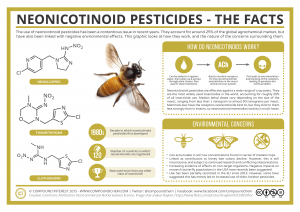


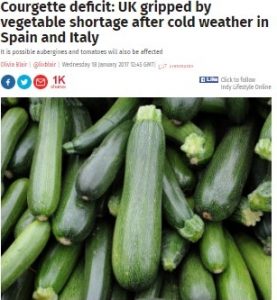
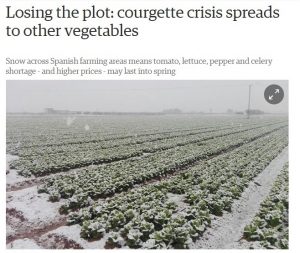
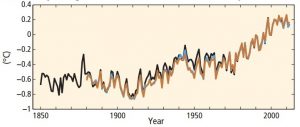
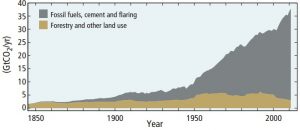
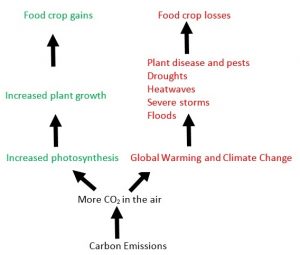
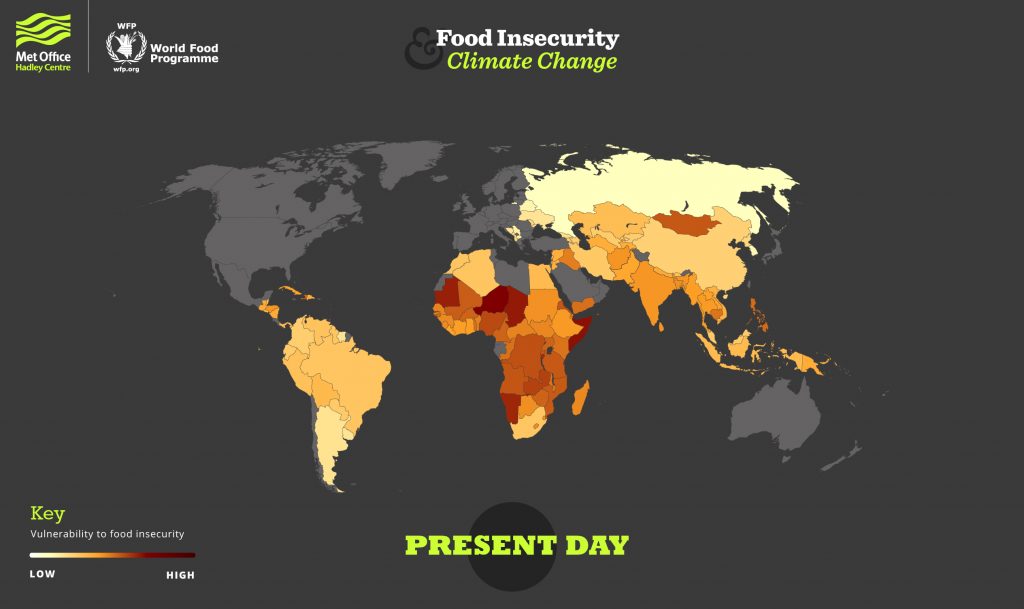


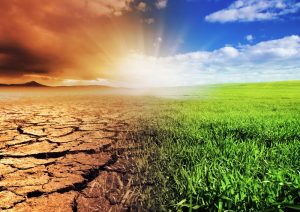
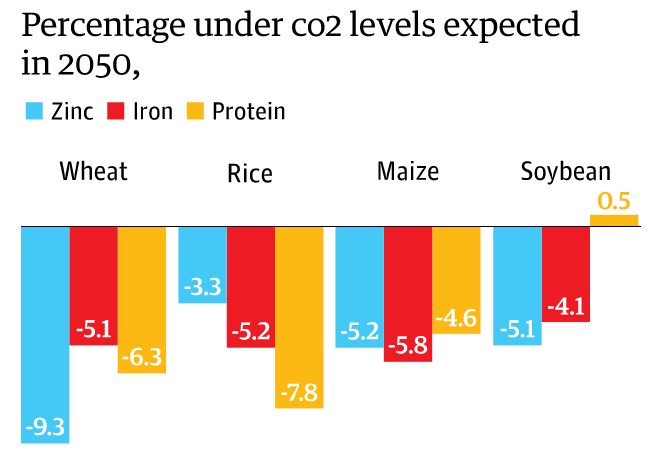
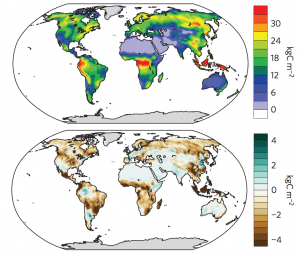
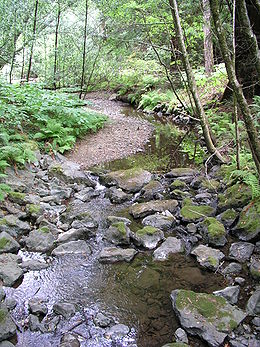
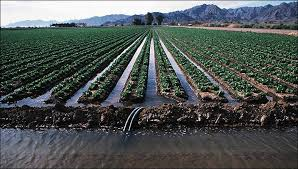
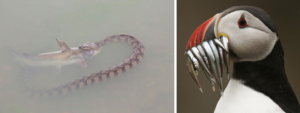
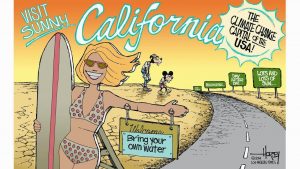
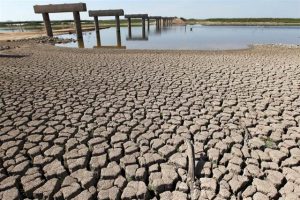
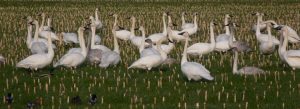
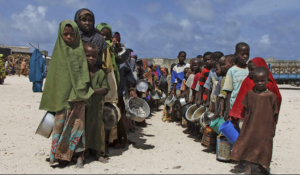
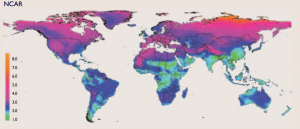
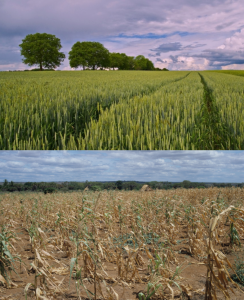
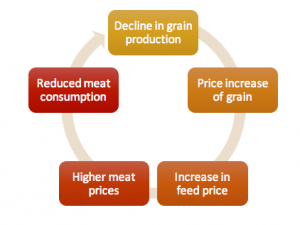
Recent Comments